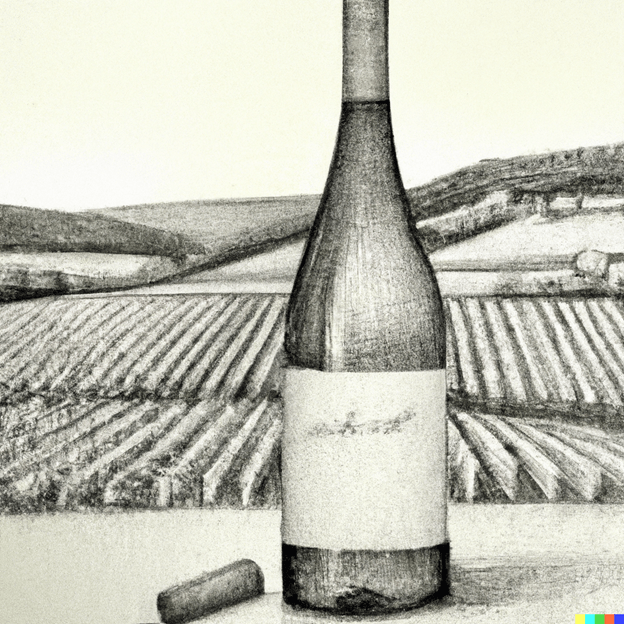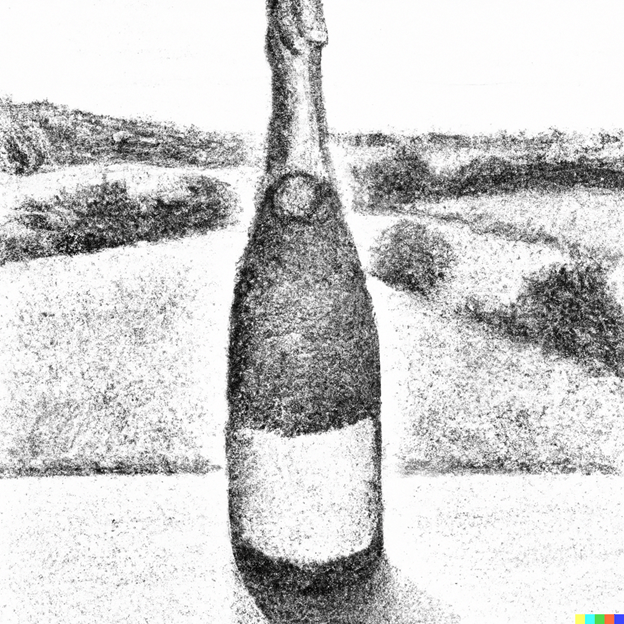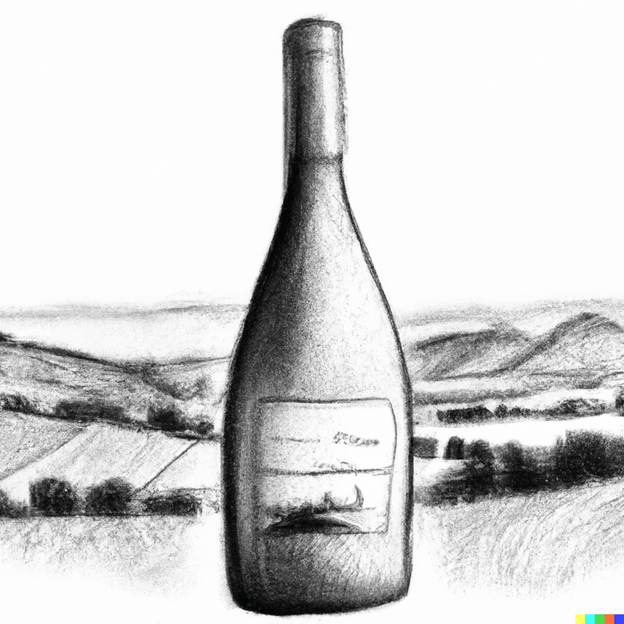A Guide to Wine Bottle Shapes: What’s in a Form?
While it’s easy to focus on the contents of a wine bottle, the shape of the bottle itself can be equally intriguing. Wine bottle shapes have evolved over time, with various regions and wine types adopting specific forms. In this article, we will explore the history and significance of different wine bottle shapes and how they relate to the wines they contain.
Bordeaux Bottle
The Bordeaux bottle is arguably the most iconic and widely recognized wine bottle shape. It has straight sides, a tall shoulder, and a moderately long neck. This bottle shape is used for various wines, including reds like Cabernet Sauvignon and Merlot and whites like Sauvignon Blanc and Semillon. The high shoulder design helps to catch sediment when decanting older wines, especially reds that may have developed sediment over time.

Burgundy Bottle
The Burgundy bottle is characterized by its gently sloping shoulders and wider base. This shape is commonly used for wines from the Burgundy region, such as Pinot Noir and Chardonnay, as well as other wines made from these grape varieties. The wider base allows for a larger surface area for sediment to collect, which is particularly helpful for Pinot Noir wines that may have a higher sediment content.

Alsace/Mosel Bottle
The Alsace and Mosel bottle, also known as the German flute, is tall, slender, and has a gently tapered neck. This shape is commonly used for Riesling and Gewürztraminer wines from the Alsace and Mosel regions, as well as other aromatic white wines. The tall, slender design is thought to showcase the elegance and aromatic qualities of these wines.

Champagne Bottle
The Champagne bottle, designed specifically for sparkling wines, has a thicker glass and a more pronounced punt (the indentation at the bottom) than other wine bottles. This design is intended to withstand the pressure created by the carbonation in sparkling wines. The punt helps to evenly distribute pressure across the base of the bottle, reducing the risk of breakage. While most closely associated with Champagne, this bottle shape is also used for other sparkling wines, such as Cava and Prosecco.

Port Bottle
Port bottles are similar in shape to Bordeaux bottles but often have a bulbous neck. This design is intended to facilitate the catching of sediment when decanting aged Port wines, which can develop significant sediment over time. The distinctive shape is also used for other fortified wines, such as Madeira and Sherry.

Rhône Bottle
The Rhône bottle, used for wines such as Syrah and Grenache from the Rhône Valley, features a more tapered and elongated neck compared to the Burgundy bottle. The gentle slope of the shoulders and the longer neck give the bottle a distinctive and elegant appearance.

Wine bottle shapes have a rich history and carry significance beyond their aesthetic appeal. Each shape has a purpose, whether it’s to better preserve the wine, aid in decanting, or simply to reflect the unique characteristics of the wine it contains. Understanding the different bottle shapes can enhance your wine experience and appreciation for the art and tradition behind each bottle. So, the next time you pick up a wine bottle, take a moment to appreciate its form and the story it tells.
Take a quiz to test your knowledge
Wine Sections
Some of my most memorable wines
2021 Pouilly-Fuissé by Olivier Merlin, Burgundy

£359.40 – 12 bottles
2021 Provence Rosé by Château la Mascaronne

£75.42 – 6 bottles
1995 Château Latour, Pauillac, Bordeaux

£6,100.00 – 1 case
2017 Chateau Lafite Rothschild Premier Cru Classe

£3,310 – 3 bottles
2003 Hobbs of Barossa Ranges, Gregor Shiraz, Barossa Valley

